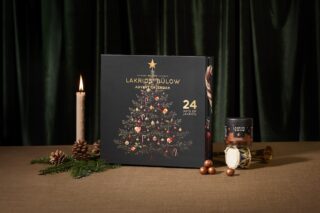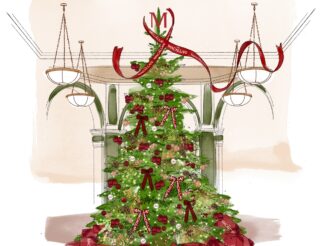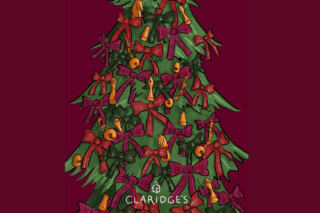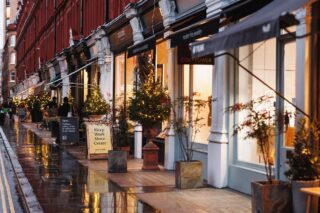This website uses cookies so that we can provide you with the best user experience possible. Cookie information is stored in your browser and performs functions such as recognising you when you return to our website and helping our team to understand which sections of the website you find most interesting and useful.
White Gold: How white truffles became the ultimate luxury delicacy
By Shivani Dubey | 2 January 2025 | Food & Drink, Indulge
Despite its prevalence on modern menus, white truffles remain one of the most rare and precious ingredients in an elite chef’s arsenal. We explore how this delicacy has stood the test of time — and popularity
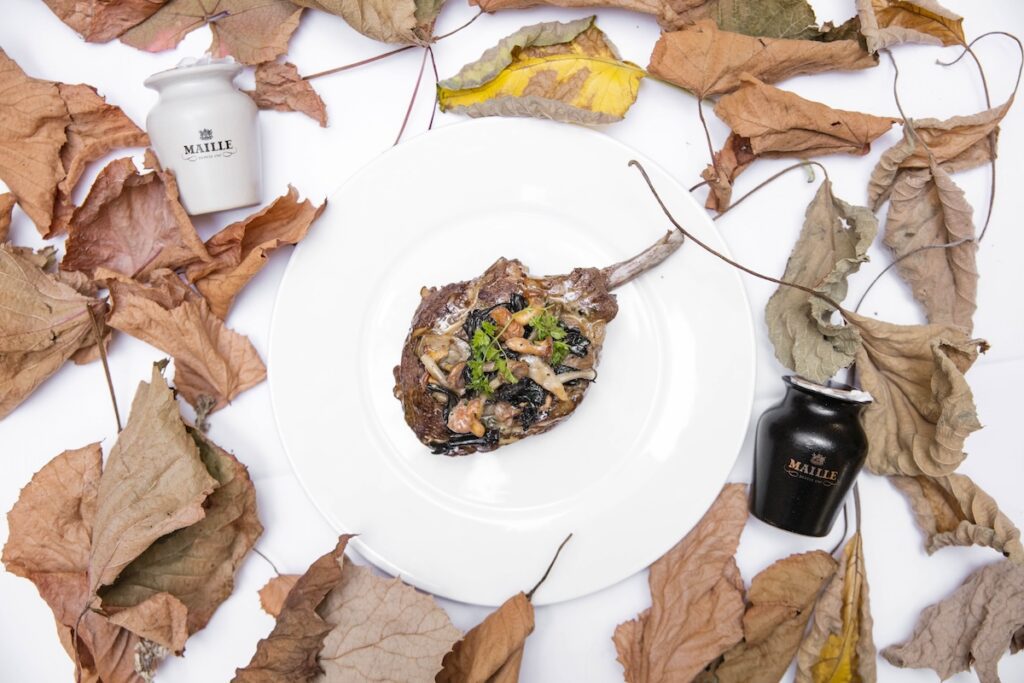 Truffle is one of the most coveted ingredients in modern day cuisine. Yet cooking with fresh truffles is a luxury few can afford. These seasonal delicacies are only available for a few months each year and have become a true gastronomic cultural and status symbol. Often described as edible diamonds, they are the main characters of every dish they feature in. And out of all the truffles that exist, white truffles are recognised as the rarest in the world.
Truffle is one of the most coveted ingredients in modern day cuisine. Yet cooking with fresh truffles is a luxury few can afford. These seasonal delicacies are only available for a few months each year and have become a true gastronomic cultural and status symbol. Often described as edible diamonds, they are the main characters of every dish they feature in. And out of all the truffles that exist, white truffles are recognised as the rarest in the world.
Its distinctiveness lies in its exquisite aroma — an intense and unique fragrance that sets it apart from the relatively more common black truffle. Its complex flavour profile — with notes of garlic, shallots, and earthy undertones — lends a luxurious touch to any dish it graces.
However, recently, it seems like every restaurant in the world has truffles on the menu. Whether it is in the form of truffle fries at a high- street franchise to more seasonal menus in fine dining restaurants, there has been a slow but definite shift for this rarity, from the exclusive to the mainstream.
So how are restaurants maintaining white truffle’s exclusivity while also catering to its ever- expanding popularity?
Related: Check out our new issue starring Oscar winner Cate Blanchett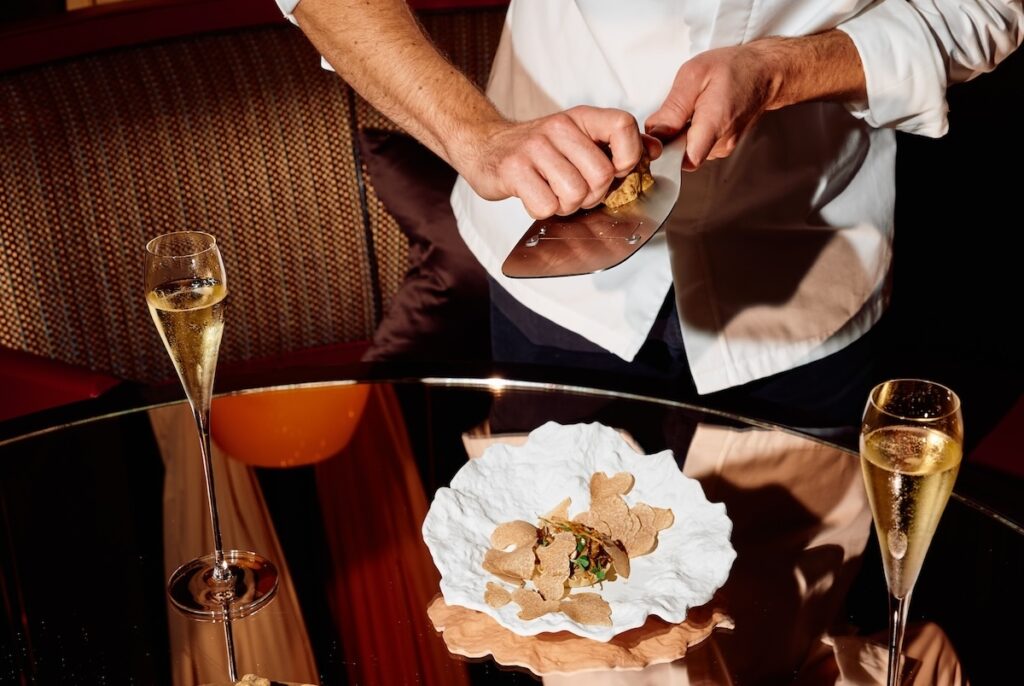 “There is a difference between fresh truffles and using truffle products such as truffle oil and paste,” explains Massimo Tagliaferri, head chef at Sette by Scarpetta in London’s Knightsbridge. “These last two are more accessible, but you will also find that they are more difficult to digest as they are not the pure ingredient. Using fresh truffle provides a delicate flavour and is less overpowering than a truffle product.”
“There is a difference between fresh truffles and using truffle products such as truffle oil and paste,” explains Massimo Tagliaferri, head chef at Sette by Scarpetta in London’s Knightsbridge. “These last two are more accessible, but you will also find that they are more difficult to digest as they are not the pure ingredient. Using fresh truffle provides a delicate flavour and is less overpowering than a truffle product.”
Speak to any restauranteur or supplier, and they’ll tell you that sourcing truffle – especially white truffle – is a meticulous endeavour due to its rarity and limited availability, which is what contributes to its high price point.
According to chef Elliott Grover of CUT at 45 Park Lane, white truffles are also not easy to grow at all, and you need to have a fantastic truffle supplier to ensure you get the best of what is available.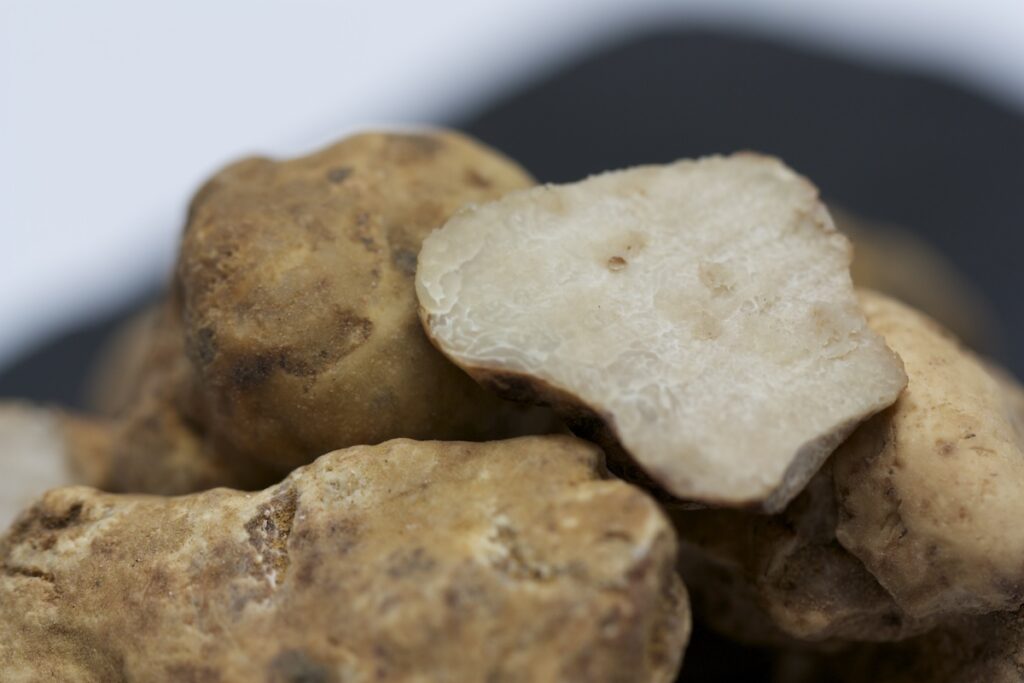 They are usually grown in the Piedmont, Tuscany, Emilia Romagna and Marche regions of Italy, where they come into maturity after the September rains and after the first frost has passed. Black truffles are comparatively easier to grow – and you can find them in Italy as well as in France, Spain, Australia and even the UK.
They are usually grown in the Piedmont, Tuscany, Emilia Romagna and Marche regions of Italy, where they come into maturity after the September rains and after the first frost has passed. Black truffles are comparatively easier to grow – and you can find them in Italy as well as in France, Spain, Australia and even the UK.
“Challenges arise primarily from the unpredictability of nature and the finite availability of white truffle, which necessitates a swift and precise response to ensure its timely delivery to our kitchen,” explain Alberto and Arian Zandi, co-founders of Emerald Hospitality Group, which is the parent company of London’s fine dining French restaurant Riviera.
The best time to indulge in the delicacy of truffles is autumn and winter when fine dining restaurants come out with special menus in celebration. There are different types of truffle, pairings, regions and seasonality, so you are truly spoilt for choice.
Related: Review – A white truffle extravaganza at Sette by Scarpetta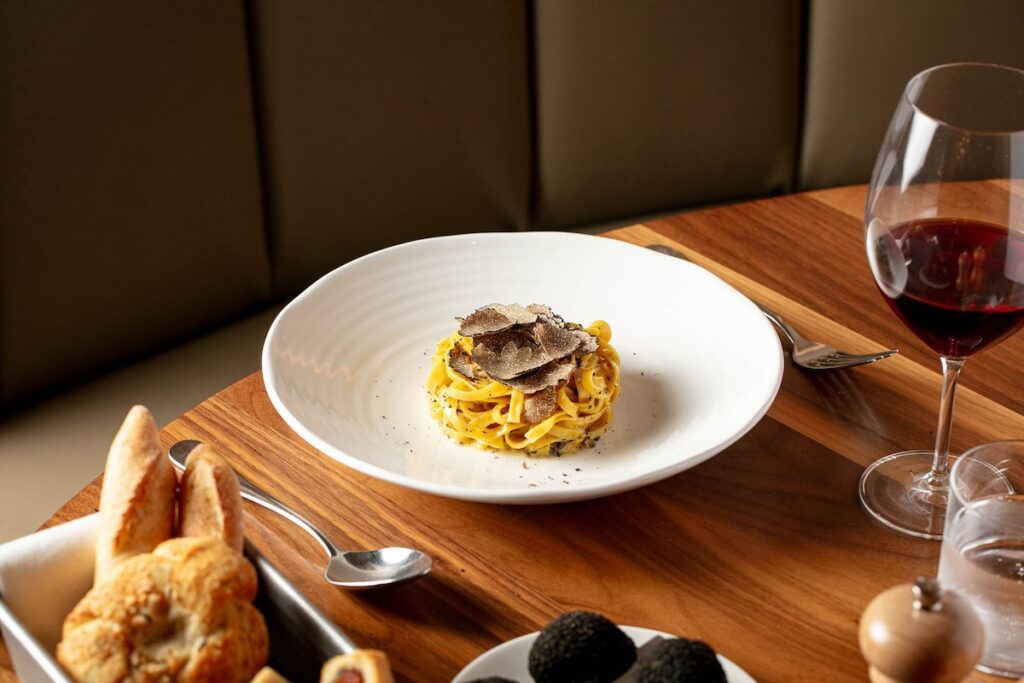 Italian restaurants like Sette by Scarpetta and Sale e Pepe, also in Knightsbridge, and Holland Park’s Belvedere all release delectable menus championing this coveted ingredient. White truffle tagliatelle is one of the most popular dishes during this time. A simple tagliatelle with butter and truffle is a transcendent experience. For a French flair, London’s Riviera and Coq d’Argent are some of the best in the business. And if you want to veer down to South America, COYA Mayfair does Peruvian cuisine with truffle infusions.
Italian restaurants like Sette by Scarpetta and Sale e Pepe, also in Knightsbridge, and Holland Park’s Belvedere all release delectable menus championing this coveted ingredient. White truffle tagliatelle is one of the most popular dishes during this time. A simple tagliatelle with butter and truffle is a transcendent experience. For a French flair, London’s Riviera and Coq d’Argent are some of the best in the business. And if you want to veer down to South America, COYA Mayfair does Peruvian cuisine with truffle infusions.
The best way to learn about edible ingredients in nature is to go out and forage for them. Visit estates like Cowdray for foraging experiences, where guests can hunt for their own truffles, mushrooms and more in the bountiful West Sussex countryside.
There are three things to look out for when foraging or sourcing truffle, says chef Massimo: the look (make sure the colour is right – skin that’s pale yellow or even ochre in colour, the flesh marbled with white veins), the smell (they should have a strong fragrance) and the firmness (it must be firm and not soft – like a potato). It’s also important to look at the origin.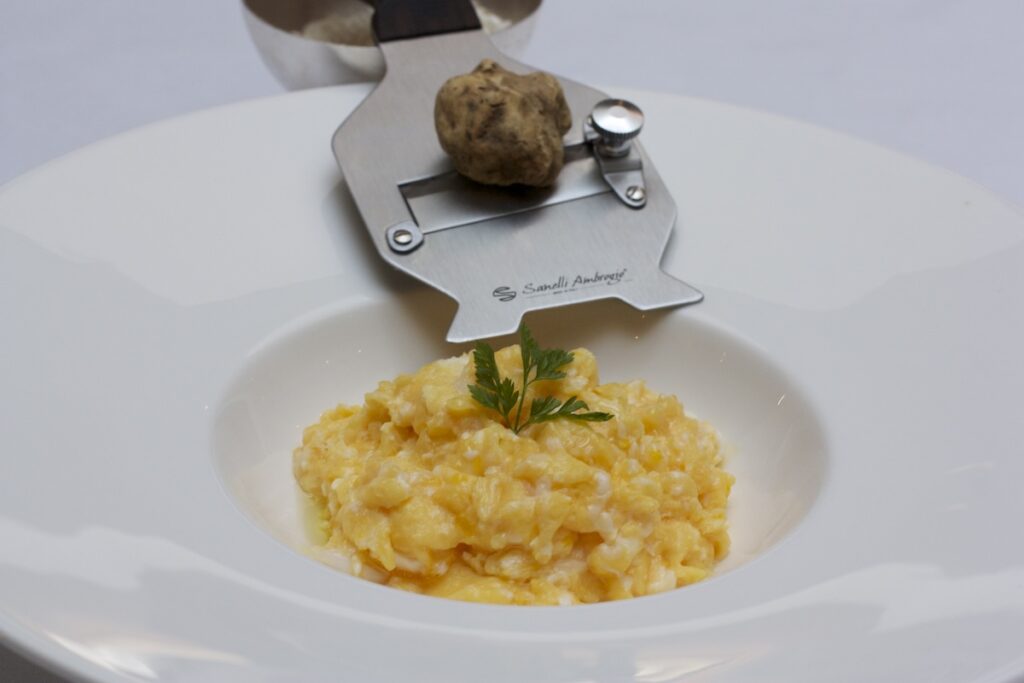 When cooking at home, shaving white truffle over freshly cooked pasta, risotto, or scrambled eggs can make for an indulgent experience, says Alberto. Additionally, infusing butter or olive oil with truffle can effortlessly elevate a range of dishes — from roasted vegetables to meat.
When cooking at home, shaving white truffle over freshly cooked pasta, risotto, or scrambled eggs can make for an indulgent experience, says Alberto. Additionally, infusing butter or olive oil with truffle can effortlessly elevate a range of dishes — from roasted vegetables to meat.
“The key is to let the truffle’s aroma and taste shine by pairing it with uncomplicated, complementary flavours that allow it to take centre stage in the dish,” he adds.
Fitting that these incredible ingredients are the main characters, because there might be imitations in the form of oils and pastes that never quite hit the spot, but the true star – the truffle itself – will never grow out of style.



